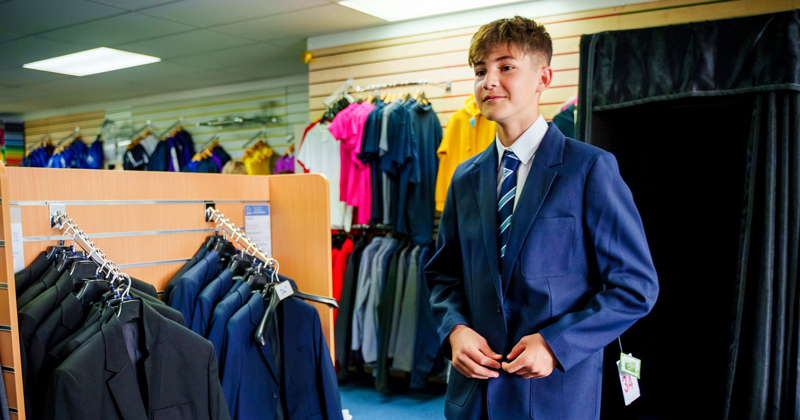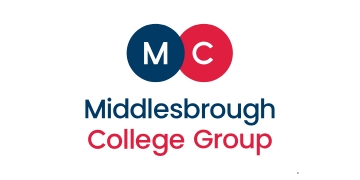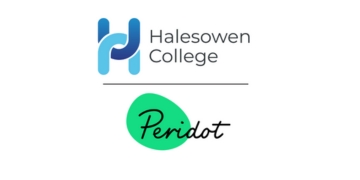The schools bill’s aim to reduce uniform costs is a great showcase for the government’s mission-led approach to removing barriers to opportunity. This part of the bill at least has most of the sector’s support. However, its inclusive impact could be limited by its conservatism and by other existing guidance.
Uniform can be a great leveller and disguise for poverty, but applied thoughtlessly it can also reveal privilege, reinforce inequity, undermine inclusion and enhance traditional, gendered stereotypes.
Preparing children to meet the demands of a consistent dress code is not incompatible with choice or cost-effectiveness. Many schools have already adapted to reflect sensible and inclusive practices while retaining a sense of school identity and community cohesion.
Equally, PE kit policy should enable more participation and enjoyment in PE; but statistics continue to tell us it is a barrier. Only one girl in four feels comfortable in their PE kit.
The non-profit Inclusive Sportswear, founded by Olympic hockey player Tess Howard MBE, works to deliver the change needed: effective kit policies in schools, clubs, and sports bodies that champion choice, comfort and inclusion.
Partnering with Youth Sport Trust, they recently launched school guidance, teacher training and a three-step process for schools to become Inclusive Sportswear champions. Centred around their charter, and backed by England Netball, Cricket, and Hockey, the organisation aims to unify attitudes to kit policy.
It speaks to the progress that’s already happening in and around the sector, and elements of the schools bill will support this kind of innovation well. Sharpening guidance and reducing branded items should help schools and families alike.
However, we must address its potential for unintended consequences that could derail this much-needed inclusive work.
If the government wants the schools bill to deliver its promise, then ministers will need to push further with the bill itself and support this with other regulatory changes to deal with three main concerns.
Tied to the past
First, preferential inclusion of a tie as a branded item is a disappointing reference to traditional, patriarchal uniforms that allows an exception for some but not others.
When provision for SEND is such a priority, it seems counter-productive to enable such a reductive exemption. Simpler uniforms without ties provide benefit for students with a range of needs, while still retaining a sense of identity and belonging, but the current terms of the bill exclude this inclusive practice.
This isn’t just problematic for schools. It could also leave them open to challenge. Section 2.17 of the Equality Act 2010: Advice for schools guidance states that a lack of flexibility to meet need could be regarded as discriminatory.
Raising standards
The very same section of the very same guidance could limit the new bill’s impact in a different way too. It states that gendered differences in uniform are “standard” and “unlikely to be regarded as discriminatory”. This restricts choice for all students and sets a precedent that tradition overrules practicality and comfort.
In addition, given a lack of guidance around supporting gender-questioning pupils, it will only add to school leaders’ headaches in managing what are already complex and challenging situations.
Reinforcing inequity
Third, consistency of uniform should ensure quality, durability and equity for all students.
Without school-directed, cost-effective quality items (often procured through community providers) which provide that security, students and their families will continue to be exposed to the peer pressure and expense of fashion and privilege. Removing these from school life is a big part of having school uniform in the first place.
To maximise the benefits and advantages of school uniform within the spirit of the bill, ministers should therefore:
- Limit school-branded items at secondary level for all schools to four, and remove the exemption for ties. This should apply across main items and PE Kit, as appropriate for each school’s community and the needs of its students.
- Remove or amend section 2.17 of the Equality Act guidance to ensure PE Kit and main school uniform are non-gendered, with clear options for choice.
These small adjustments in the government’s plans will support all schools to deliver on the mission-led outcomes ministers are seeking to achieve – for inclusion as well as cost-effectiveness.












Your thoughts